Climate change is increasingly shaping our lives and, of course, the food industry. Metsä Board has set itself the goal of fossil free mills and products by the end of 2030 (scope 1 & 2). A number of points need to be implemented to achieve this. Anne Uusitalo reveals which measures are planned and how the goal is to be realised in cooperation with the users of the products. She also provides insights into the topic of fresh fibre paperboards.
Sweets Processing:
How do you intend to achieve the goal you have set?
Anne Uusitalo: When setting the sustainability target, we also created mill specific roadmaps for all production sites. These include actions and investments needed to achieve the mill specific emissions’ reduction targets. These roadmaps as well as a similar type of roadmap for water use reduction can be found on Metsä Board’s sustainability web page.
sp: How strong were external factors such as politics?
Uusitalo: Of course we were aware that there would be tighter regulations concerning environmental impacts even back in 2019 when we were publishing our current sustainability target. We have always been active in the emissions’ reduction target setting and action setting and have seen it as a business benefit. Because our company being able to speed up the reduction of the carbon footprint of our paperboard is also beneficial for our customers.
sp: What impact do your measures have on other ecological aspects?
Uusitalo: The most important thing is, of course, the carbon footprint reduction for our paperboards, which we enable by the roadmap actions. However, they also improve efficiencies in material, water and energy use.
sp: In principle, the question arises: Does it always have to be fresh fibre?
Uusitalo: We always say: Fresh fibre and recycled fibre compliment each other – and they are both needed. Seeing as Metsä Board is located in Europe’s most forested countries, Finland and Sweden, using fresh fibre is more natural to us, especially since there are only some 16 million people living in these countries. There would just not be enough recycled material available for board production and we would have to import fibre waste from other European countries. Also the end-uses are important when considering the material: Especially food packaging benefits of the use of pure and safe packaging materials like fresh fibre paperboard, which is better suited for direct food contact.
sp: How do you define your carbon footprint?
Uusitalo: In the assessment of the environmental impact of our paperboards, we follow specific product category rules (EPD International PCR 2010:14 Processed paper and paperboard, 3.1). These are in accordance with the ISO 14040 and ISO 14044 standards. Metsä Board has also published third-party verified Environmental Product Declarations (EPD) for selected paperboard grades and will continue this work. We carry out the product specific LCA -evaluations annually.
sp: How does the CO2 balance compare between virgin fibre and recycled products?
Uusitalo: First of all, it is important to remember that when you compare these two paperboard materials you need to consider the carbon footprint on package level. Both the type of energy used as well as the finale weight play a big part in this: At Metsä Board, 90% of the energy we use is fossil free which affects the carbon footprint of our paperboards. Also, the already mentioned “lightweighting”, so the light weight of our paperboards, is crucial: It offers the possibility to choose a lower gsm of the paperboard material than with a recycled fibre-based paperboard while maintaining stability. This has a positive impact on the carbon footprint.
sp: What form of transparency will you practise during implementation?
Uusitalo: For Metsä Board, open dialogue and transparent reporting on our actions and data has always been important. Besides the emissions’ and water use reduction roadmaps that were already mentioned, we also report about our activities and operations in our annual report. We already published this report for 2023 according to the CSRD (Corporate Sustainability Reporting Directive) requirements.
sp: What does proactive development of new packaging look like?
Uusitalo: Our business intelligence teams continuously follow packaging developments and trends globally. For example, at our Excellence Centre in Äänekoski, we have our packaging design team which also works with these topics, among others. The close cooperation with brand owners helps us to be up to date, too. In common workshops with our customers, our experts work on new innovative and efficient packaging solutions. At the same time, we often use these workshops to develop expertise in other areas in our company, too, for example for the development of new products and barrier solutions.
sp: How do you support companies with the changeover?
Uusitalo: With our 360 services we are able to help our customers in different areas of business: our specialists for packaging design and packaging structural design are happy to support companies to find new solutions in packaging. Our focus is on developing more sustainable packaging alternatives, for example by reducing the amount of packaging material needed, developing more easily recyclable packaging, reducing the use of plastic as well as overall reducing the carbon footprint of a packaging solution.







